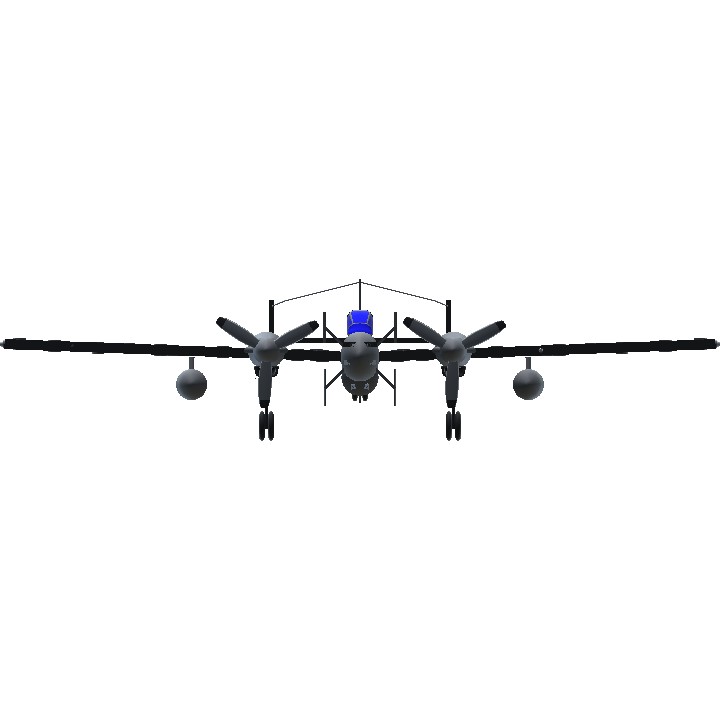Bf 110G-4s were used with a crew of two or three, and the main drawback of the aircraft was the problem of the radio operator leaving the damaged car with a parachute. To do this, the shooter had to jump out first, but if he was wounded or killed, then it was not possible to leave the plane. Production of the Bf 110 continued at the same pace in 1944, amounting to 1,518 aircraft. The peak of production was reached in September - 188 received aircraft. Nevertheless, the days of sunset have already come for the plane - in the fall of 1944, the military situation forced the Bf 110 to be thrown for attack and interception in the afternoon, which entailed heavy losses. At the same time, there was a serious lack of fuel, which significantly reduced the combat effectiveness of the "night lights". The number of Bf 110 in combat units was halved. The Bf 110G-4 was used in small numbers and by the allies of Germany. A batch of machines was delivered in 1943 to Italy, in the 59th and 60th regiments. Several aircraft were in service with the 1st Romanian Night Fighter Squadron. Six aircraft were leased to the Hungarian Air Force. By the beginning of 1945, according to the report of the headquarters of the Luftwaffe as part of the night fighter aircraft, with the exception of Norway, only..
Specifications
General Characteristics
- Predecessor Messerschmitt Bf.110
- Created On Android
- Wingspan 47.3ft (14.4m)
- Length 33.2ft (10.1m)
- Height 10.7ft (3.2m)
- Empty Weight 6,778lbs (3,074kg)
- Loaded Weight 9,642lbs (4,373kg)
Performance
- Horse Power/Weight Ratio 0.207
- Wing Loading 32.5lbs/ft2 (158.8kg/m2)
- Wing Area 296.5ft2 (27.5m2)
- Drag Points 7741
Parts
- Number of Parts 166
- Control Surfaces 8
- Performance Cost 562






